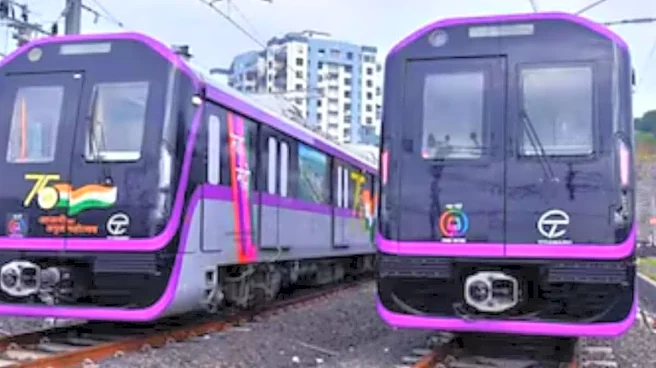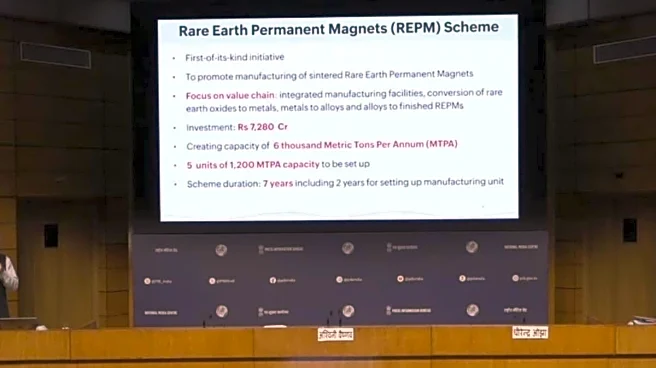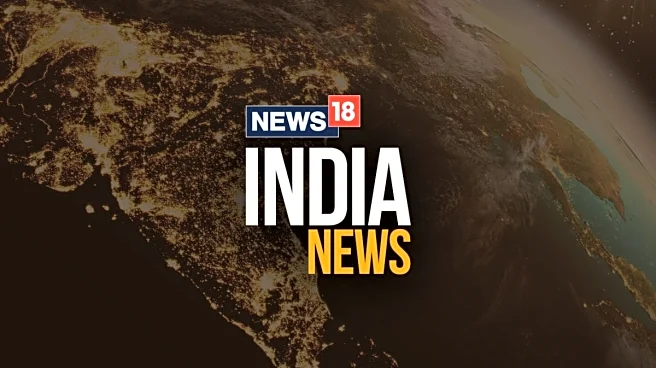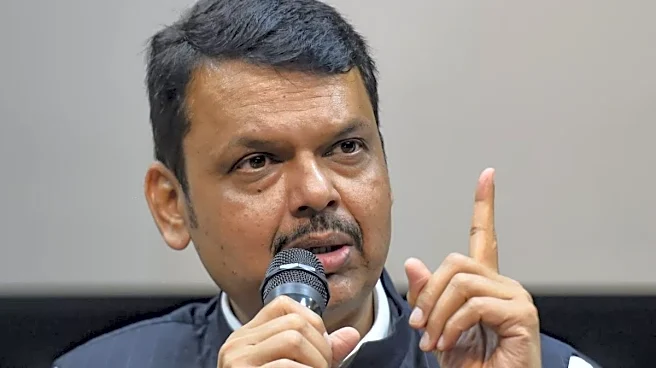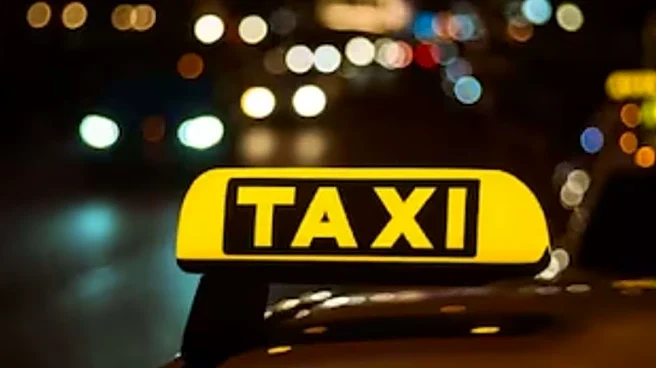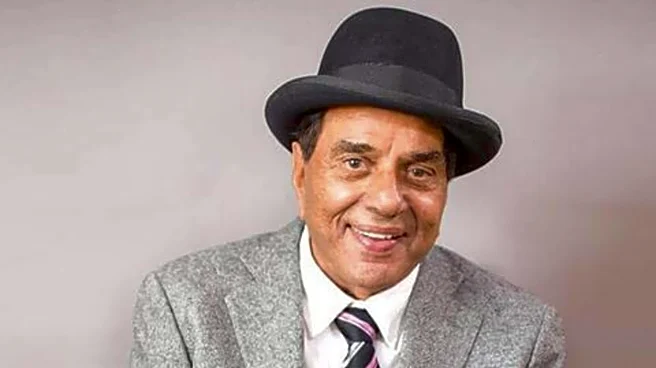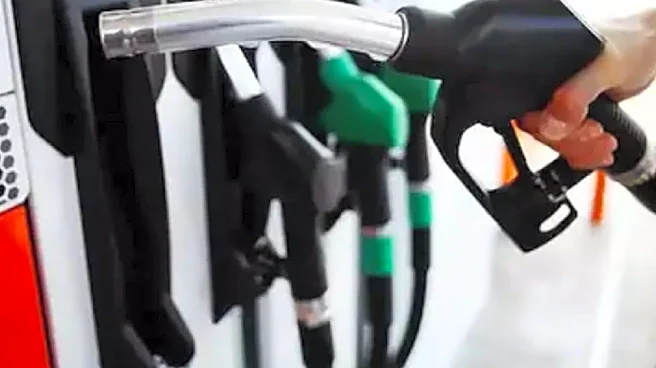In a major boost to urban mobility in Maharashtra, the union government on Wednesday approved the expansion of the Pune Metro rail network at an estimated cost of Rs 9,858 crore. The decision, taken by
the union cabinet chaired by Prime Minister Narendra Modi, was announced by the union minister for information and broadcasting, Ashwini Vaishnaw, in New Delhi.
This sanction covers two critical new corridors under Phase-2 of the Pune Metro Rail Project:
Line 4: From Kharadi-Hadapsar-Swargate to Khadakwasla.
Line 4A: From Nal Stop-Warje to Manik Baug.
Together, these two elevated corridors will span a combined distance of 31.636 kilometres and incorporate 28 new stations. The project, which is slated for completion within five years, will be jointly financed by the Government of India, the Government of Maharashtra, and external bilateral/multilateral funding agencies.
Connecting Pune’s Economic Lifelines
The expansion is strategically designed to integrate Pune’s most vital and congested hubs across the east, south, and west of the city. Line 4 connects the burgeoning Kharadi IT Park and Hadapsar’s industrial zones in the East, runs through the central Swargate interchange, and extends to the residential and tourist belt of Khadakwasla. Line 4A will act as a crucial spur, connecting areas like Warje and Manik Baug to the Nal Stop interchange.
This expansion is the second major project approved under Phase-2, following the earlier sanction of Line 2A (Vanaz–Chandani Chowk) and Line 2B (Ramwadi–Wagholi/Vitthalwadi). Once completed, the entire network is set to push Pune Metro’s sanctioned length beyond the 100-kilometre milestone, positioning the city alongside other major Indian metros with extensive rail transit systems.
Enhancing Connectivity and Future Projections
The new lines are an integral component of Pune’s Comprehensive Mobility Plan (CMP). They will ensure seamless multimodal connectivity by integrating with existing and sanctioned corridors at key interchange points like Kharadi Bypass, Nal Stop (Line 2), and Swargate (Line 1). Furthermore, the plans include a vital interchange at Hadapsar Railway Station and provisions for future extensions towards Loni Kalbhor and Saswad Road.
Ridership projections underscore the necessity of the expansion: the combined daily ridership on Lines 4 and 4A is expected to be 4.09 lakh in 2028, rising significantly to over 11.7 lakh by 2058. The project is expected to provide citizens with a safe, reliable, and affordable transit alternative, easing chronic traffic congestion on major arteries like Solapur Road, Sinhagad Road, and the Mumbai–Bengaluru Highway, thereby promoting sustainable urban mobility.
